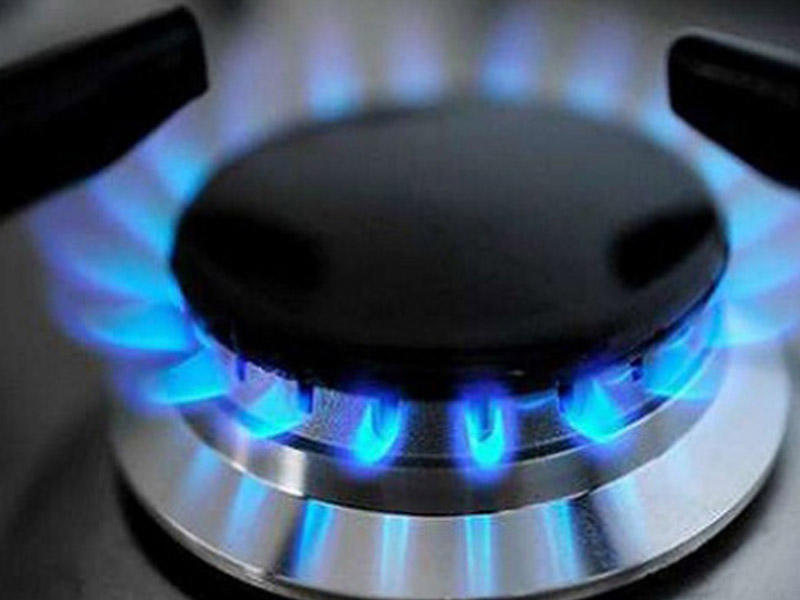Of course, gasification in homes should not surprise anyone today (unless, of course, you have relatives in the Amazon jungle). But a habit can hurt. There are two types of “home” gas: methane (from the main pipe to your furnace) and propane / butane (supplied in red cylinders). An ordinary person will not only not distinguish these gases, but will not even detect them – they have no smell. However, a substance with a very unpleasant odor is added to the gas to detect their leakage. It is connected with gas. Methane is lighter than air and tends to rise. Cylinder gas is heavier – it collects at the bottom, if there are gaps, it penetrates under the floor. If there is a leak from the cylinder, for example in a country house with frequent basements and basements, there is a risk of gas accumulation, even if the leak is small, and a small spark can occur in less than a minute. The transition will be enough for a disaster. If there is no electricity in your basement, you can just breathe gas. According to statistics, the main cause of all gas accidents is common negligence and disregard for established safety standards. Therefore, to be recognized as a zealous owner, follow a few rules: 1. Ventilate the room before lighting and when switching on gas appliances by opening a window or window or activating a forced ventilation system. 2 .. Before firing, check the installation in the chimney ducts, do it periodically when burning.
3. No matter how trivial it may sound, but – do not leave the gas appliances unattended. 4. Do not use gas stoves for heating! Why – See “Carbon monoxide”. 5. Do not build, transport or repair gas equipment yourself! This is very dangerous and, of course, can cause an explosion if you are not a gas worker. 6. If the building will not be a tenant for a long time, it is better to remove the cylinders from the building and turn off the gas equipment. Even minimal leakage systems can create explosive gas concentrations in the air over long periods of time in closed rooms! And one more thing: if there is an accident on the trunk and it closes, do not leave the valves open. Gas can be given at any time without warning, and you simply will not notice. The results can be terrible. Visually: Soap is a suspicious leak – most of these are compounds in pipes and fittings. There is a leak where a bubble of soapy water is inflated; Sound: in the event of a strong leak, a characteristic whisper will signal … at least worth soaping for inspection; Odor: The characteristic odor is stronger near the leak. And the fact that an odor appears is the reason for the above measures. And of course, don’t try to look for a leak with a lighter!

